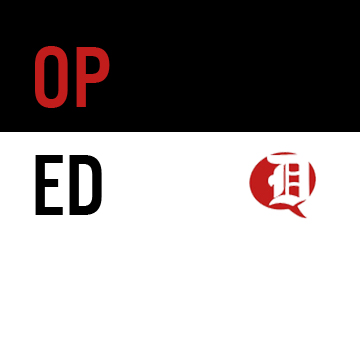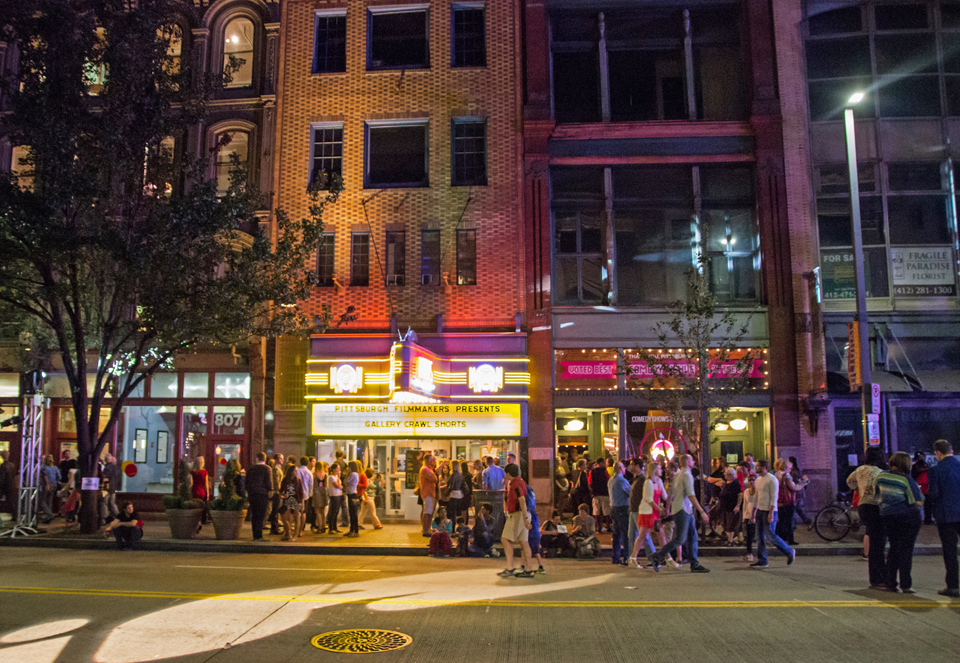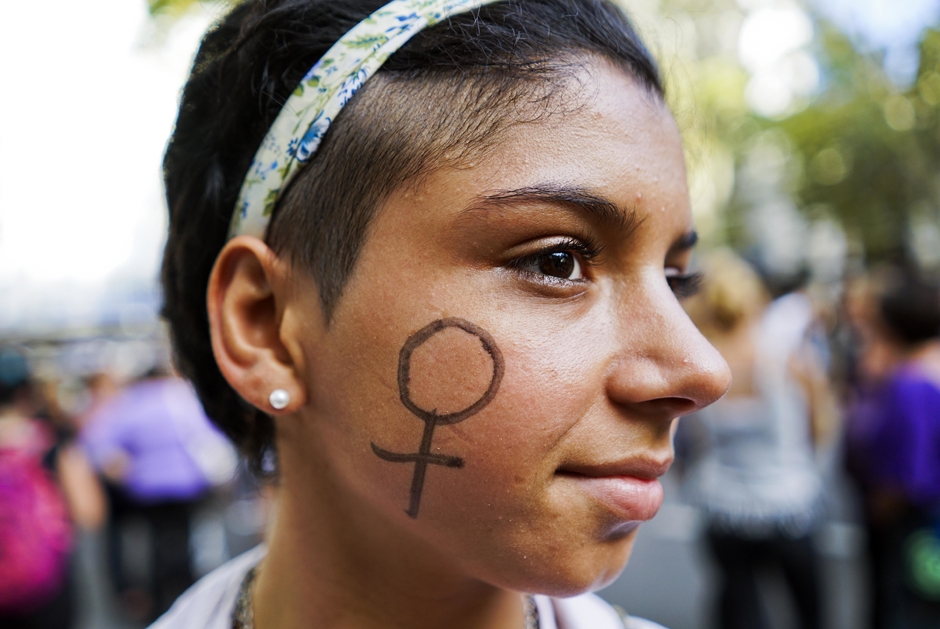
By: Rebekah Devorak | Opinions Editor
Anyone who spent the last week dreaming about how the unimaginable $1.5 billion Powerball jackpot could change their lives forever probably came away with visions of yachts, mansions and glimmering diamonds.
But for most Americans, winning a meager $1,000 would be a monumental blessing.
In a December 2015 survey conducted by Bankrate.com, researchers found that 63 percent of Americans would fall into financial ruin, risking their means of survival, if hit with an unexpected bill. That’s millions of people nationwide tiptoeing through life in fear of making a $500 or $1000 mistake.
That is an extraordinarily stressful way to live. Given the recent recession, it’s reasonable to think that some people may struggle financially with emergency bills due to unemployment or trimmed wages. But it’s terrifying to realize that as the economy on a whole continues to recover right now, the people within it do not.
In 2005, two years before the housing market crash flipped this country’s economy upside down, the U.S. Census Bureau calculated the average household median income to be $47,693. While financially things appear to be rosier than they were in 2007, a fully-recovered economy would mean wages today are matching up with those earlier figures.
As expected, that is not the case. When adjusted for 2014 inflation, that 2005 income comes out at $57,811.83. In reality, the Census reports that the 2014 average median income was just $53,657.
No wonder most Americans can’t handle a surprise hit to their bank accounts. They’re living with less than they had a decade ago in a world where everything is much more expensive.
Millennials seem to be getting caught up on those same stumbling blocks, as well. According to a December 2015 study by HowMuch.net, 51 percent of those aged 18 to 34 have less than $1,000 in savings.
That number is more understandable for the younger end of the spectrum. High school students might not have jobs and college students struggle with paying off loans and tuition costs. But to not have at least $1,000 saved as a 34-year-old, an age considered to be a proper, full-functioning adult? That’s a disheartening letdown.
Someone who puts the time and effort into getting an education, finding a good job and doing all of the things that an upstanding member of society should do deserves some sort of a reward in return for their endeavors. As college students, I think we can all agree that it’s worth at least $1,000.
Perhaps that’s why fundraising websites like GoFundMe are becoming more popular. For the majority of people who don’t have the money to cover a charge, taking out a loan with a high interest rate isn’t the smartest idea. But with GoFundMe, while it feels much more like an uncomfortable handout, the users rarely are required to pay their patrons back. It works in a pinch when stuck, but that’s not the best way for Americans to dig themselves out of a financial debt.
However what is the best way to start is obvious: create a savings account. It can be an actual savings account with a bank that offers interest or it can be as rudimentary as a piggy bank. But if Americans want to break the chains of fiscal worry, then it must be done.
From there, get into the habit of saving something each week. Again, it can be whatever works best, whether that’s $20 a week or $100 a week. Even if you save just $50 a month, that’s still $600 for the entire year.
To stop this trend from trickling past adults and millennials, schools must start implementing required classes that teach how to properly handle money. Not only is that common sense knowledge that everyone should know, but the sooner that young children are exposed to positive money-saving habits, the more likely they are going to carry those lessons with them as they grow.




